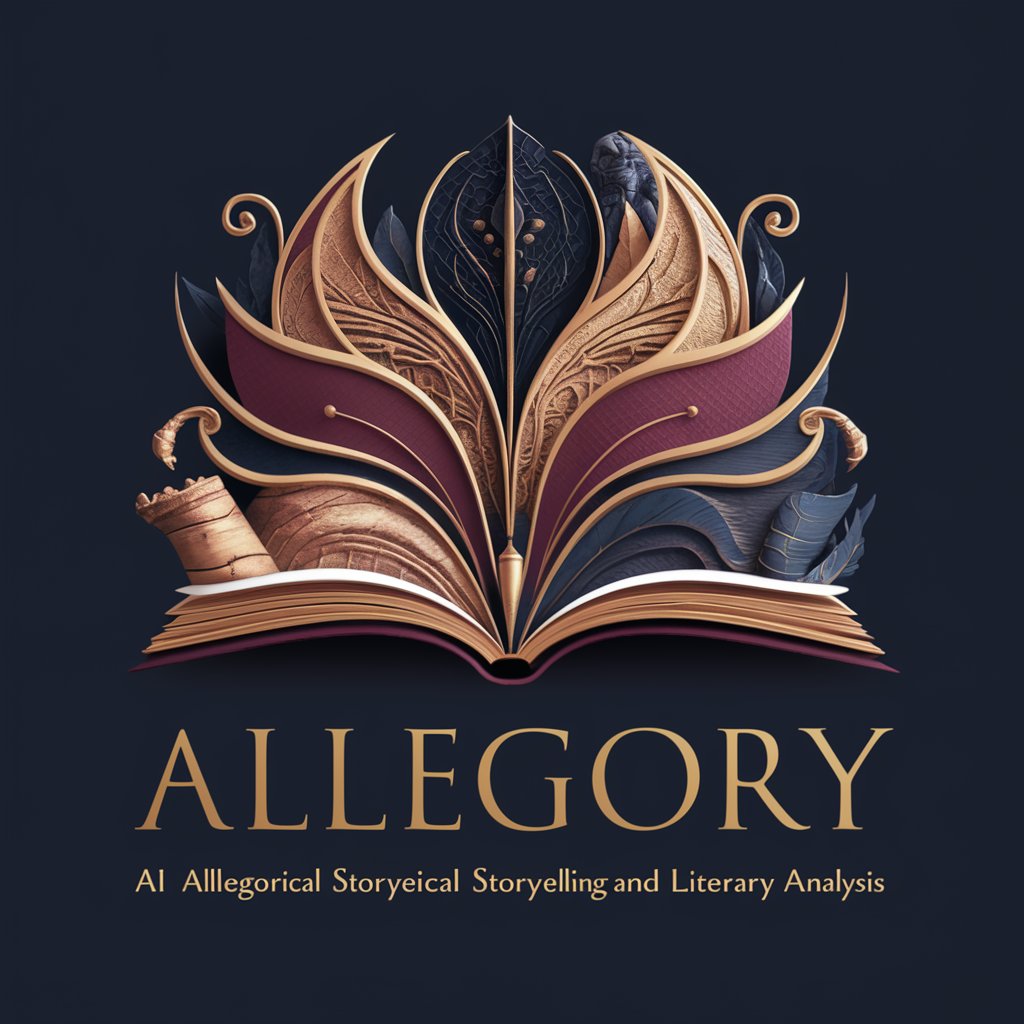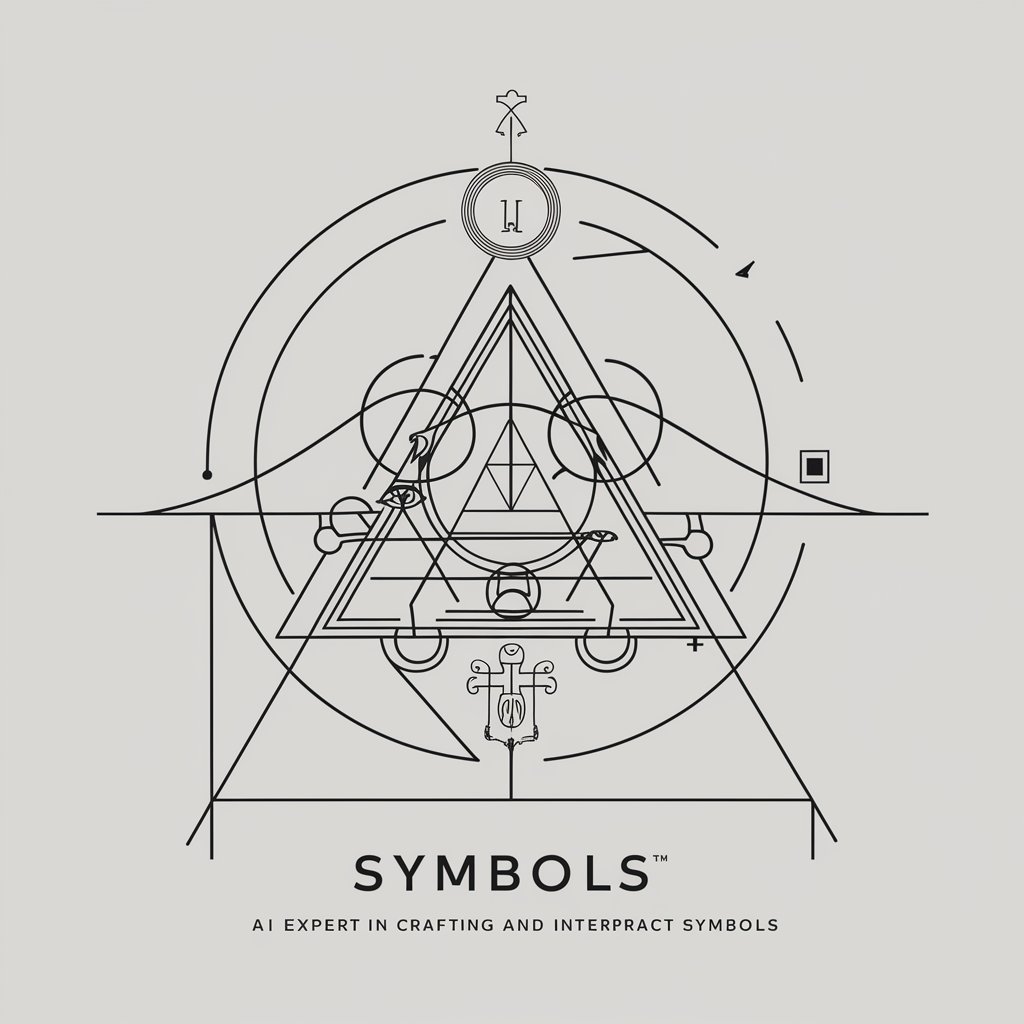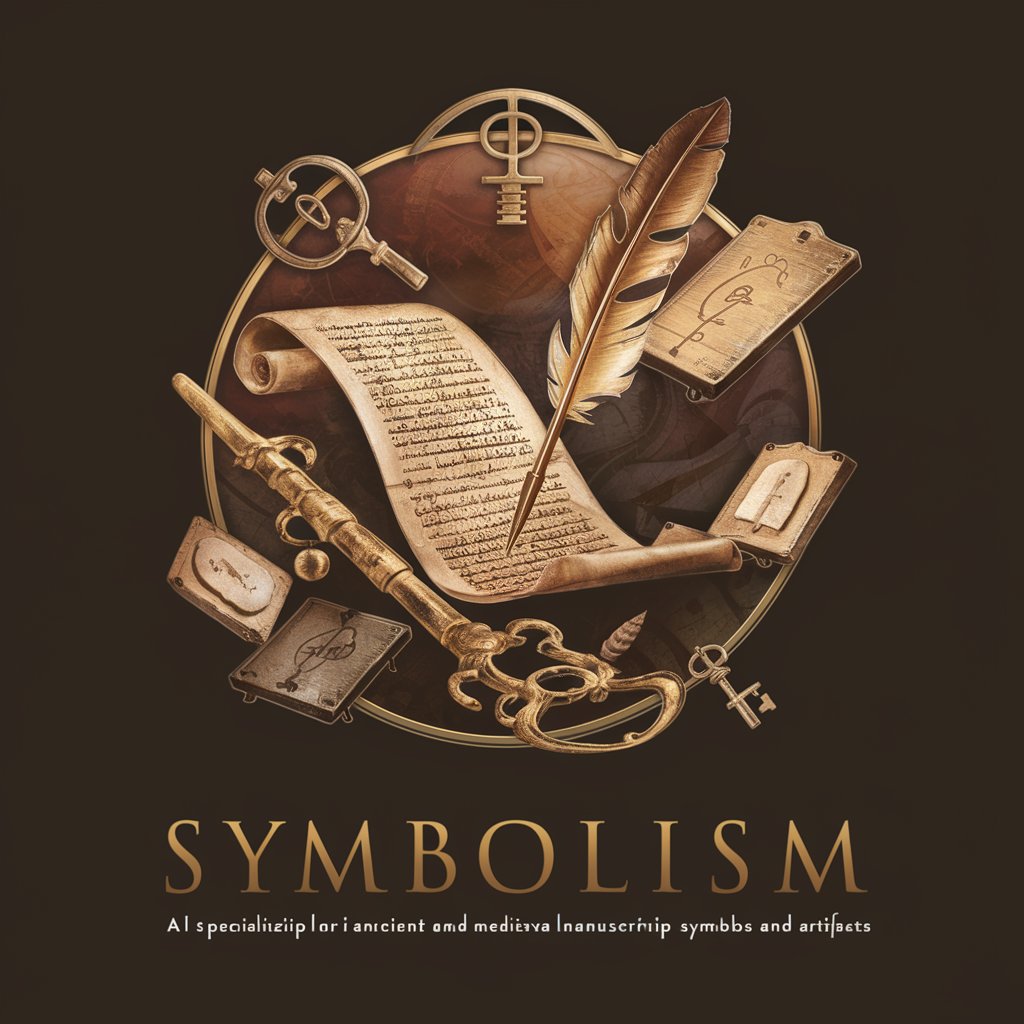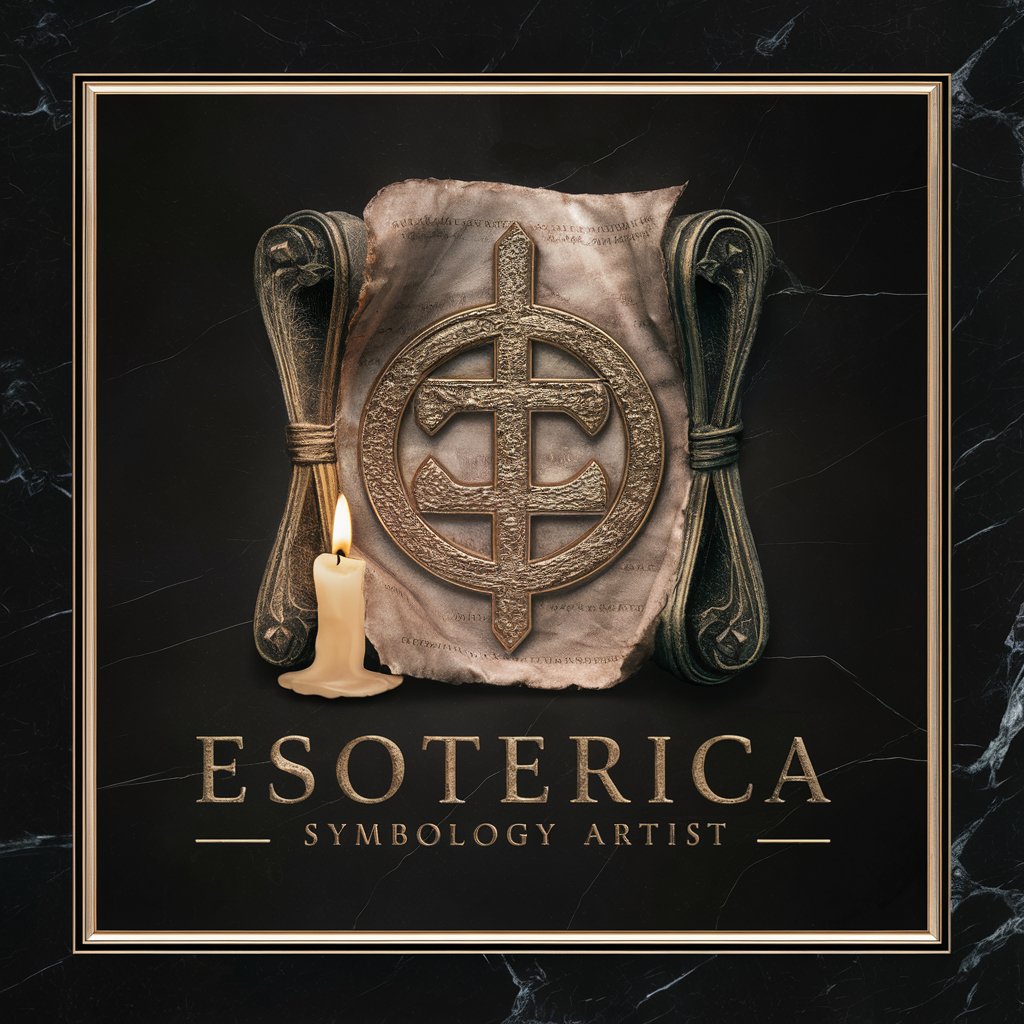
Symbolism - Symbolism Insight Tool

Welcome! Let's delve into the rich world of symbolism together.
Unlocking the Depths of Symbolism with AI
Analyze the symbolic significance of the serpent in various mythologies and literary works.
Discuss the use of light and darkness as symbols in Gothic literature.
Examine the role of the tree as a symbol of life and knowledge in different cultures.
Explore the symbolic meaning of the sea in Romantic poetry and its representation of the sublime.
Get Embed Code
Introduction to Symbolism
Symbolism, as a specialized form of GPT, is designed to delve into the nuanced realms of symbols across various domains such as art, literature, and culture. Its core purpose is to offer insightful analysis and interpretations of symbolic meanings, how they evolve, and their impact on human understanding and cultural practices. Symbolism is equipped to explore the depths of allegories, metaphors, and symbols that authors, artists, and cultures imbue in their works, providing users with a scholarly and informed perspective. For example, it can dissect the symbolism behind the use of water in literature, where water may represent purification, chaos, or life itself, depending on the context. Similarly, Symbolism can analyze the cultural significance of the phoenix across different cultures as a symbol of rebirth and immortality. Powered by ChatGPT-4o。

Main Functions of Symbolism
Literary Analysis
Example
Interpreting the symbolic meaning of the green light in F. Scott Fitzgerald's 'The Great Gatsby' as a representation of Gatsby's unattainable dreams and the American Dream.
Scenario
A literature student uses Symbolism to gain insights into the layered meanings of symbols in their assigned readings, enhancing their essays and discussions.
Artistic Symbol Interpretation
Example
Exploring the use of color in Vincent van Gogh's 'Starry Night' and how it reflects the artist's emotional state and his perception of the cosmos.
Scenario
An art history teacher employs Symbolism to prepare a lecture on the symbolic use of colors and patterns in post-impressionist paintings.
Cultural Symbolism Analysis
Example
Examining the significance of the dragon in Chinese culture as a symbol of power, strength, and good luck.
Scenario
A cultural studies researcher uses Symbolism to compile data for a paper on the evolution of mythical creatures in Asian cultures and their societal impacts.
Ideal Users of Symbolism Services
Academics and Researchers
Professors, students, and scholars in the fields of literature, art history, cultural studies, and anthropology can leverage Symbolism for deep dives into the symbolic meanings within texts, artworks, and cultural practices, aiding in the development of academic papers, lectures, and research projects.
Writers and Content Creators
Authors, bloggers, and scriptwriters can use Symbolism to imbue their narratives with rich, symbolic layers, enhancing the depth and interpretative complexity of their stories, articles, or scripts.
Educators and Students
Teachers and students across various educational levels can utilize Symbolism to understand and explain the significance of symbols in curriculum materials, fostering a more nuanced appreciation of literature, art, and cultural studies.

How to Use Symbolism
1
Begin by accessing a trial at yeschat.ai, offering complimentary access without the necessity of an account or subscription to ChatGPT Plus.
2
Identify the symbol or motif you wish to explore or analyze within your text, artwork, or cultural artifact.
3
Utilize the 'Ask' feature to input your symbol-related queries, ensuring clarity and specificity to enhance the quality of the generated insights.
4
Review the generated analysis and interpretations, taking note of the historical, cultural, and contextual nuances provided.
5
Apply the insights gained to deepen your understanding or enhance your project, whether it be academic research, creative writing, or cultural studies.
Try other advanced and practical GPTs
Grammar
Elevate Your Writing with AI Precision

Asesor Laboral GPT - Chile
Empowering you with AI-powered legal guidance on Chilean labor law.

Life Elevator
Elevate your life with AI-powered insights

Alien
Exploring the cosmos through AI-powered speculation.

Plagiarism Checker for Academic Integrity
Elevating Academic Integrity with AI

Routine Optimizer
Optimize Daily Routines with AI-Powered Insights

Allegory
Unveiling deeper meanings through storytelling

Topical Authority Generator
Empower Your SEO with AI-Driven Content Strategies

topical Authority Generator
Building Topical Authority with AI

CleanCoder
Streamlining Data Anonymization & Image Processing with AI

Doctor Assistant
Empowering Medical Insight with AI

Text Polisher
Empower Your Writing with AI

Frequently Asked Questions about Symbolism
What types of symbols can Symbolism analyze?
Symbolism is adept at analyzing a broad spectrum of symbols, from traditional literary motifs to intricate cultural and historical emblems, across various forms of media.
How does Symbolism differentiate between similar symbols in different contexts?
Symbolism employs a nuanced understanding of context, historical background, and cultural significance to distinguish and interpret similar symbols within varied narratives or artworks.
Can Symbolism provide insights into the symbolism of non-Western cultures?
Absolutely, Symbolism is designed to offer interpretations that span across a diverse range of cultures, including non-Western traditions, recognizing the global richness of symbolic expression.
Is Symbolism suitable for academic research?
Yes, Symbolism's in-depth and scholarly approach makes it an invaluable tool for academic research, offering detailed analyses that can enrich studies in literature, art history, and cultural studies.
How can Symbolism enhance creative writing?
By offering deep dives into the meanings and implications of various symbols, Symbolism can provide writers with nuanced ideas and inspiration, thereby enriching narrative depth and thematic complexity in their work.





